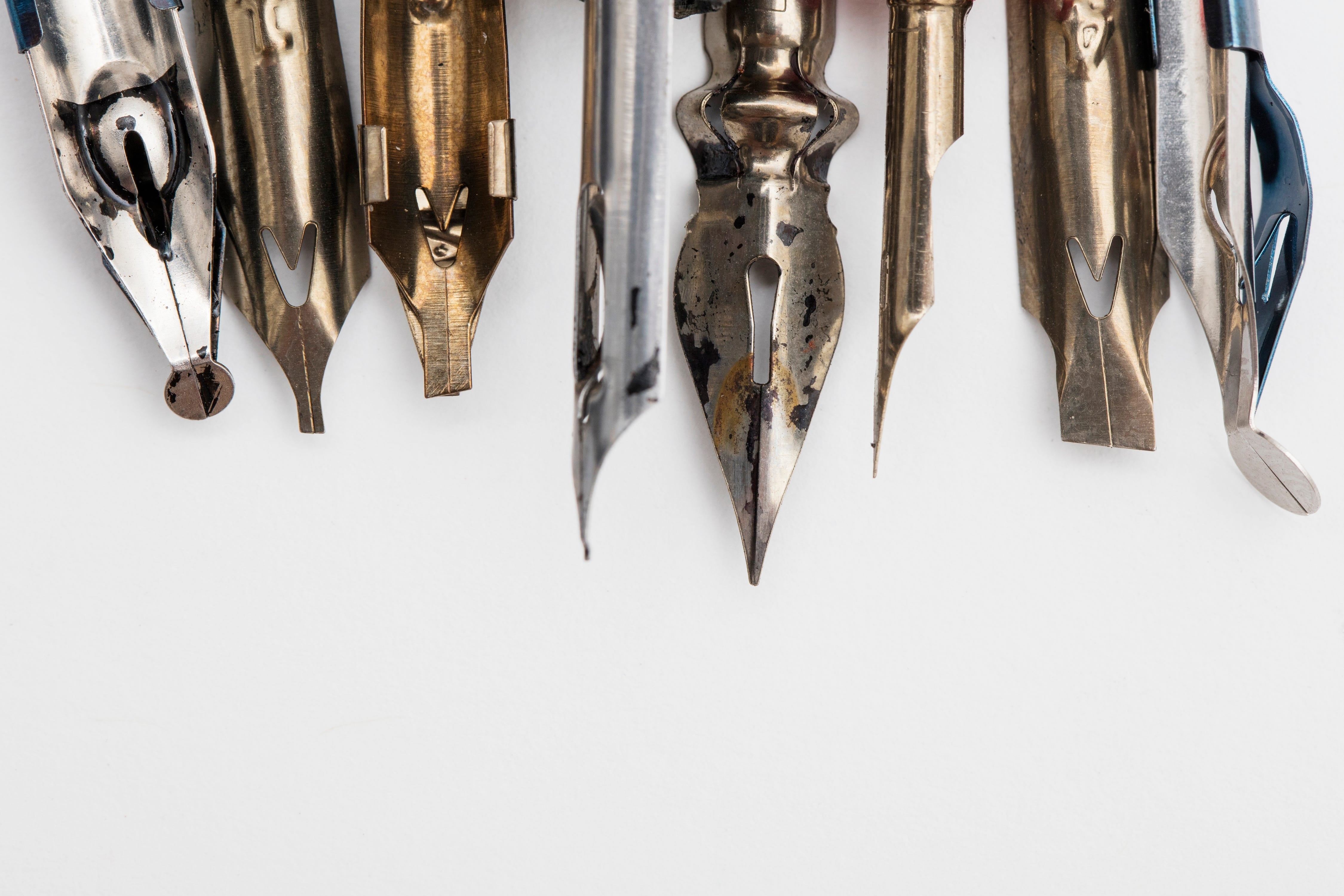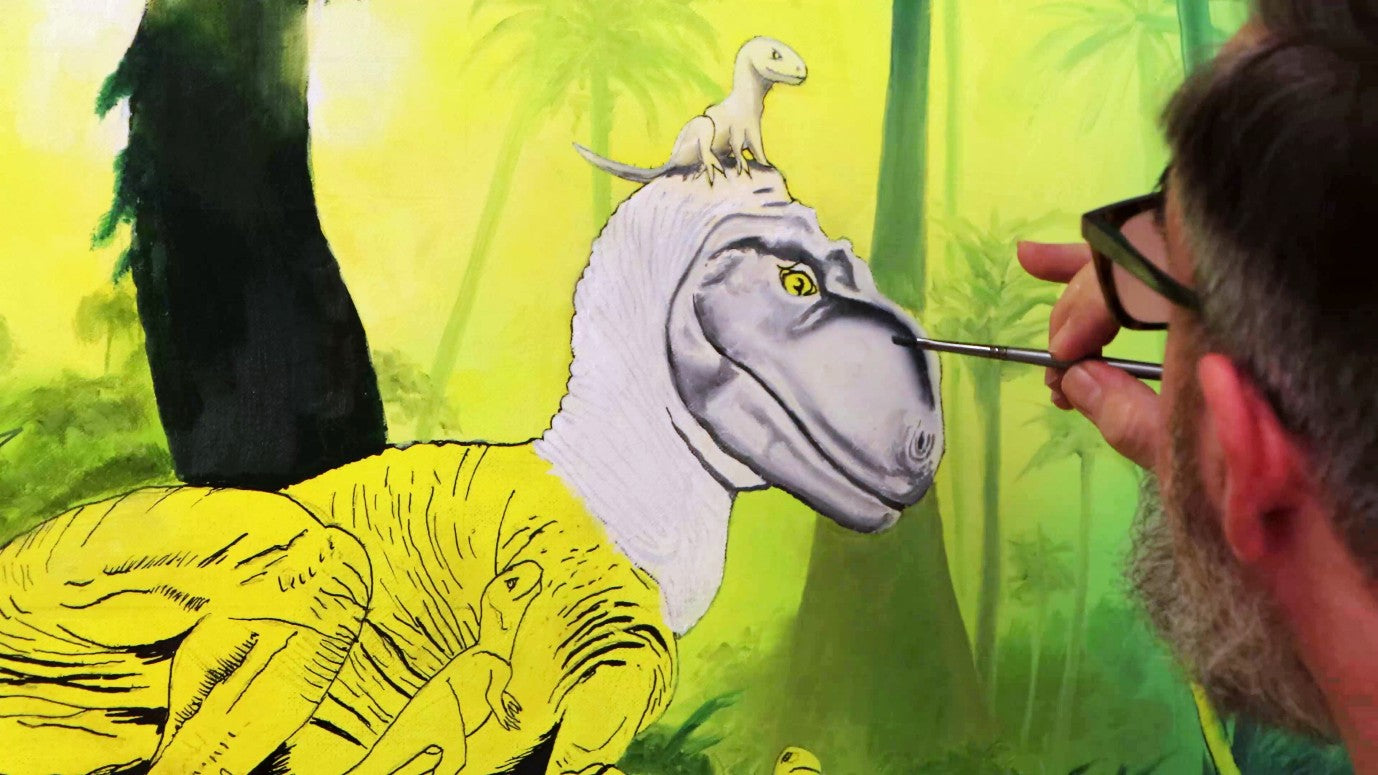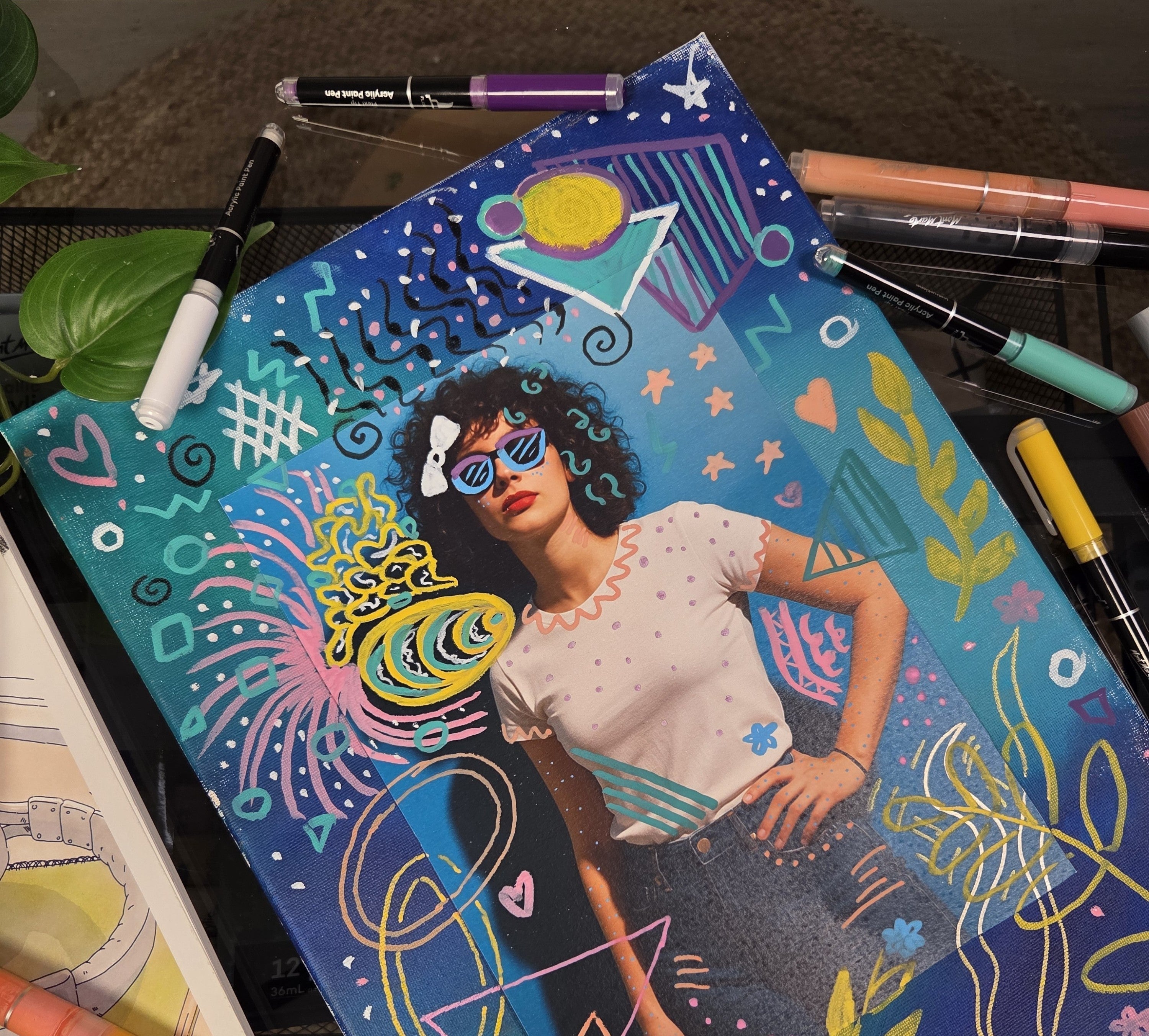Want to try your hand at calligraphy? This beautiful artform looks great on paper, but can be tricky to get the hang of. We’ve had a lot of questions about this art style over time, so we’ve gathered 10 of the most common calligraphy questions to make your life easier!
1. Where did calligraphy come from and how is it used today?
Calligraphy used to be a popular writing style in Ancient China, found on old documents and art pieces. Now, this cool writing technique is used for font design, graphic art, typography and event invites. It’s a fun and fantastic skill to learn!
2. What do you need to be able to do calligraphy?

All you need to get going is a nib, pen body, ink and paper. Hint: thicker nibs are a great choice for beginners because they give you more control.
To help you dive into calligraphy, we have a really useful Signature Calligraphy Pen Set. This 32-piece set has everything you need to get started, from calligraphy pen nibs to exercise paper.
3. Does your 32pc calligraphy set have instructions?
Yes, it does! If you’re using our Signature Calligraphy Pen Set and want some in-hand help, check out our instruction booklet under the insert in your set. This booklet gives you a step-by-step guide to inserting your ink cartridge, so that your calligraphy experience is a stress-free one!
4. Can calligraphy instructions be used by a lefty?

While the calligraphy writing structure should be the same for either hand, your hand placement can achieve different results. Our instructions give you the basics for pen angles and strokes, for more check out our tips for left handed calligraphy.
5. How do calligraphy pens work?
After piecing the ink cartridge into your pen, the ink should flow straight through the nib and onto your page. To make the pen strokes and keep the ink flowing smoothly, try to hold your pen so the nib is on a 30 to 45-degree angle. The right technique will also keep your pen safe from wear and tear.
You can find some more handy writing tips here.
6. Are calligraphy pens the same as fountain pens?

Yes – they’re both formed from the dip pen, after all! Calligraphy pens are called fountain pens because of the way the ink flows through. Like any pen, you want to cherish it, so we suggest cleaning and returning your nibs to the box after each use. Try not to let ink dry on the nibs – it stops the ink flow!
7. Is calligraphy ink waterproof?
Keep it dry! Most calligraphy fountain pen ink isn’t waterproof because it’s water-based. If you add liquid it will reactivate the water inside the ink and will most likely damage your artwork by spreading the ink.
8. How do you change a Mont Marte conversion cartridge?

You can find this on page 1 of your instruction booklet under ‘Filling your pen’.
-
Insert the gold converter into fountain pen ink (you can purchase ink from any good stationery store), press the lever a few times and then release. This will suck the ink into the converter.
-
Remove converter from ink and hold vertically with white plastic part at the top (so the ink doesn’t run out). Clean with a napkin or tissue to remove excess ink and avoid cartridge adhering to pen.
-
Insert the gold converter into the nib assembly part of the calligraphy pen and push until you hear an audible click (you may need to press quite hard to do this).
-
Then your pen is ready to go!
9. What size are your calligraphy ink cartridges?
Don’t worry – our cartridges are 38mm or 1.5”, the standard international size for fountain pens. This means it’s super easy to buy refills either online or in most stationery stores. Plus, the size and shape are of these cartridges are generally the same.
10. Why is my pen ink not flowing?

This could happen because of a few different reasons:
-
The cartridge isn’t pierced properly
-
The ink has dried out
-
There’s a blockage in the nib
-
The pen needs to be held at a 45-degree angle while writing
If you’re taking proper care of your calligraphy set, these problems shouldn’t occur, but you can check out some more handy hints here: 12 calligraphy tips for beginners or here for 7 tips for left handed calligraphy.





























